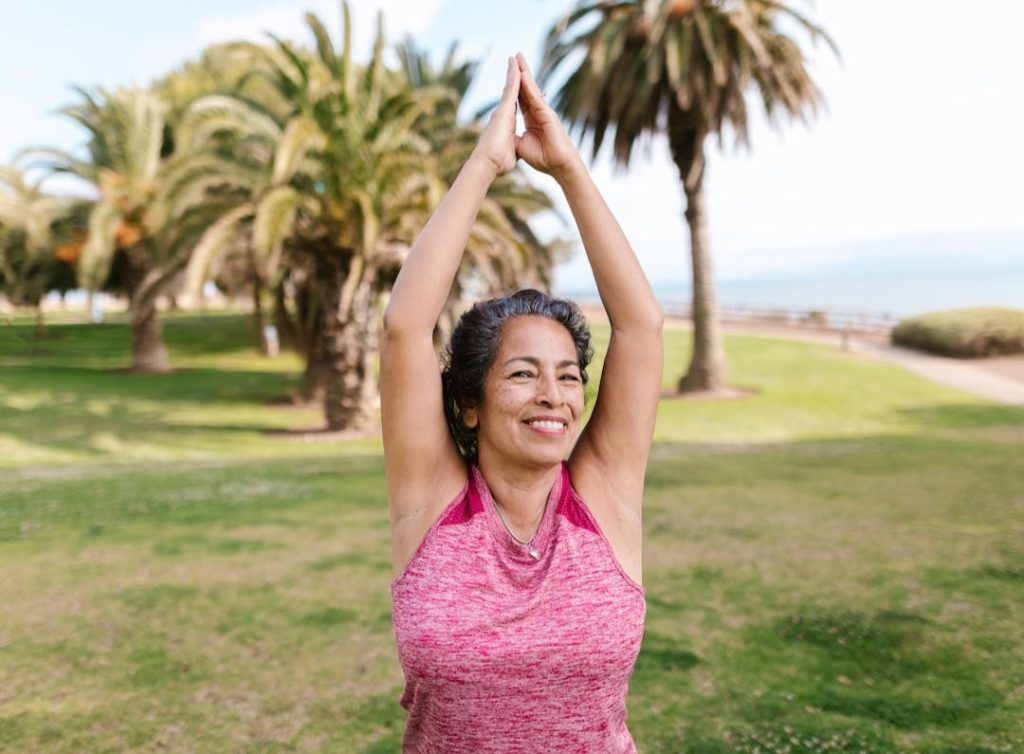The experience had a profound effect on Gralow, who in addition to her clinical work, has become a strong advocate for breast cancer survivors in the United States and abroad. In fact, her accomplishments were recently recognized by the American Society of Clinical Onology (ASCO), which gave her its 2018 Humanitarian Award.
This initial experience led to the formation of Team Survivor Northwest, which supports women as they strive to make healthy lifestyle choices following cancer treatment. “I’m a firm believer in realistic goal setting,” added Gralow. “Setting a goal that forces someone to stretch a bit but is not out of reach can make a tremendous difference in a woman’s life.”
Following this advice is especially important for women with estrogen-receptor positive breast cancer—which affects about 75 to 80 percent of this population. These women are typically prescribed adjuvant endocrine therapy, also called hormonal therapy, to prevent a recurrence. But endocrine therapy, while lifesaving, also has a down side: It depletes estrogen supplies from the body, which can contribute to bone loss.
Premenopausal women are typically prescribed tamoxifen, which can contribute to bone loss. For postmenopausal women, however, the medicine of choice is a class of drugs called aromatase inhibitors. Research has shown that these drugs wreak havoc on the bones, potentially leading to osteopenia and osteoporosis. Both conditions result in weakened bones and even fractures.
Exercise is one way to counter these effects. Weight-bearing exercises, such as squats, lunges, and stair-climbing, have been shown to be particularly helpful. That said, any kind of exercise can help improve balance, reduce fractures and minimize falls. For example, swimming and yoga can help improve muscle strength and coordination. Nonetheless, more research is needed to identify which types of exercise work best for breast cancer survivors.
But don’t wait until science catches up with what anecdotal information has already shown to be true. A good workout among fellow survivors can go a long way toward building healthy bones and an enduring supportive community.
Our Her Nexx Chapter Community invites you to join us where women are connecting with each other’s stories, exploring different experiences, and transforming ideas.
The Future of Connection for Women
About Our Author
Marilyn Fenichel







